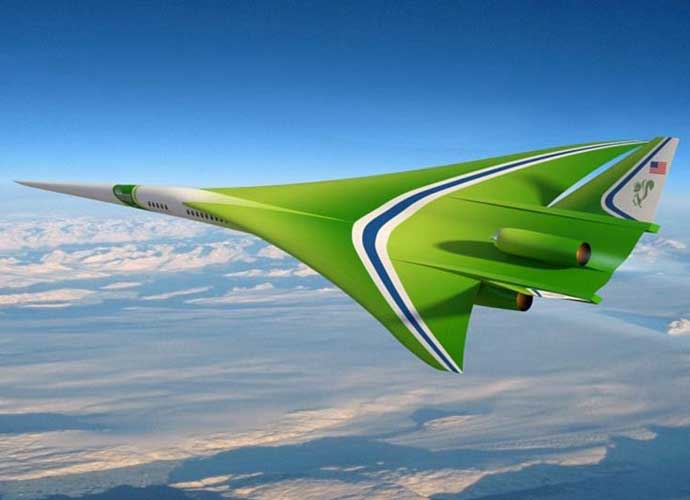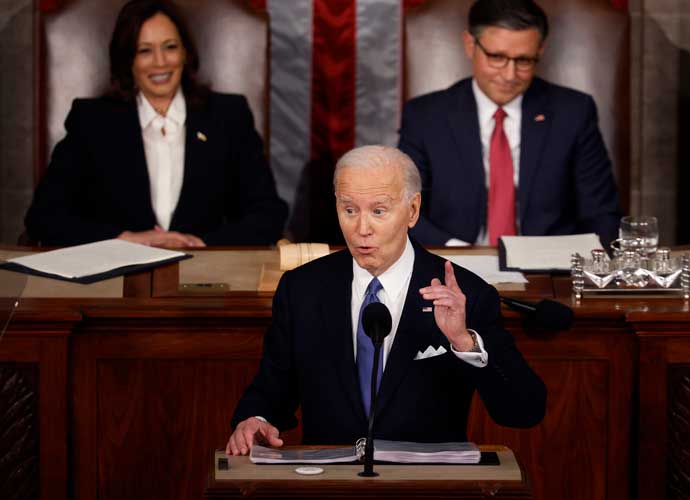NASA Reviving Supersonic Travel With “Low Boom” Concorde-Like Plane
NASA is reviving supersonic travel with the “Low Boom” flight demonstration aircraft. NASA is aiming towards supersonic jets which will be quieter, greener and safer, as a part of NASA’s new Aviation Horizons Initiative. The plane was designed by Lockheed Martin which earned $20 million for its work.
NASA’s Quiet Supersonic Technology (QueSST) is looking for other designs from industry teams for a piloted aircraft that can fly at supersonic speeds but emits only a low “heartbeat” rather than the loud supersonic boom currently associated with supersonic flight. Sonic booms, which can be heard for miles, happen because the supersonic plane breaks the sound barrier which creates a shock wave. In the 27 years that Concorde jets flew, noise pollution was their biggest barrier.
“We’re continuing that supersonic X-plane legacy with this preliminary design award for a quieter supersonic jet with an aim toward passenger flight,” said a statement from NASA Administrator Charles Bolden on Monday.
The plane can fly as fast as the speed of sound. The last commercial supersonic jet flew from New York to London in just three hours. It took off over a decade ago in 2003.
Research for the aircraft design will be conducted at NASA’s Langley Research Center in Hampton, Va. They hope to begin flight tests in 2020.
RELATED ARTICLES
Get the most-revealing celebrity conversations with the uInterview podcast!




 Click here for the Oscars 2016: Best Dressed Photos Slideshow
Click here for the Oscars 2016: Best Dressed Photos Slideshow



Leave a comment